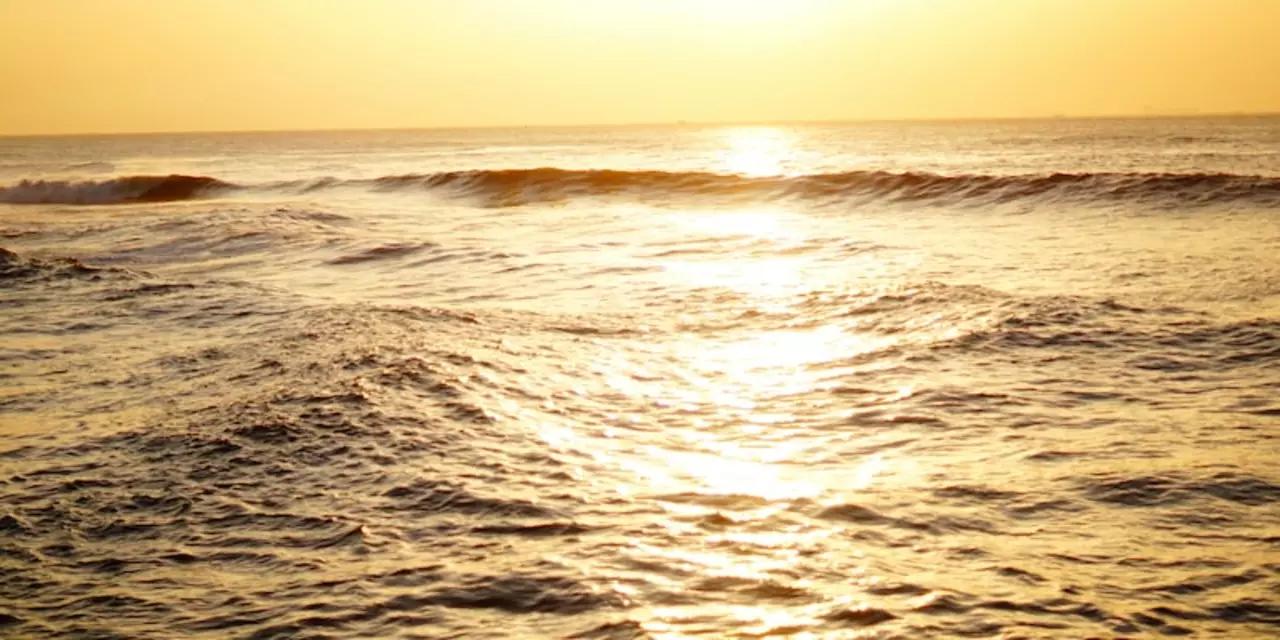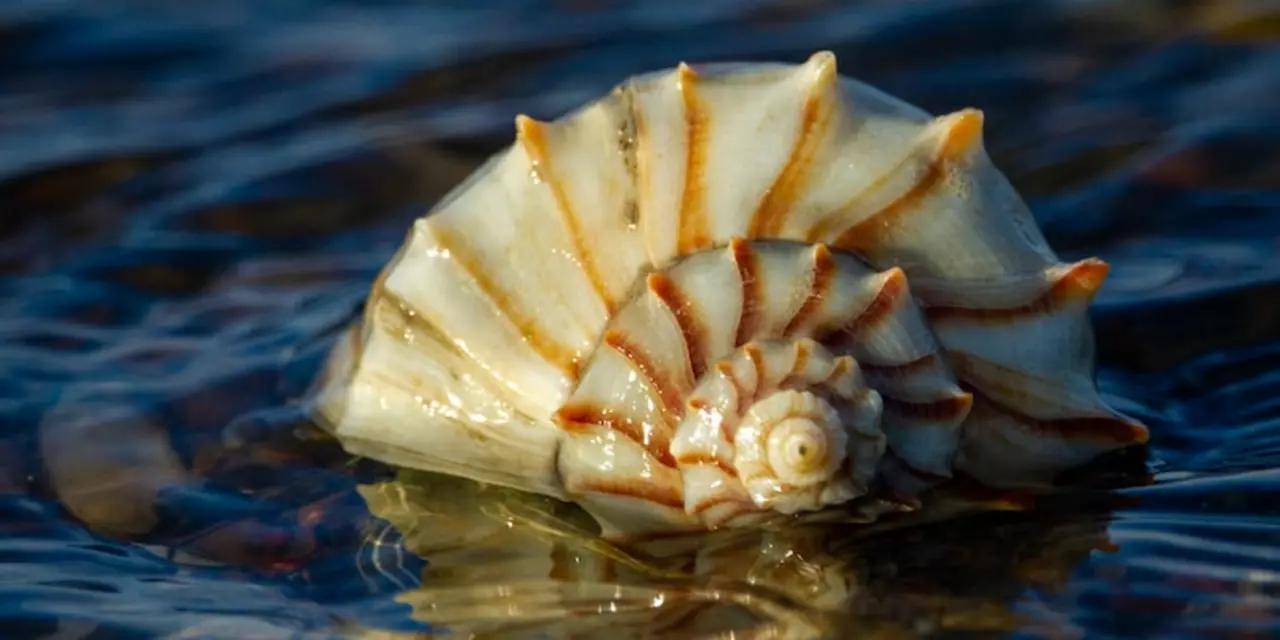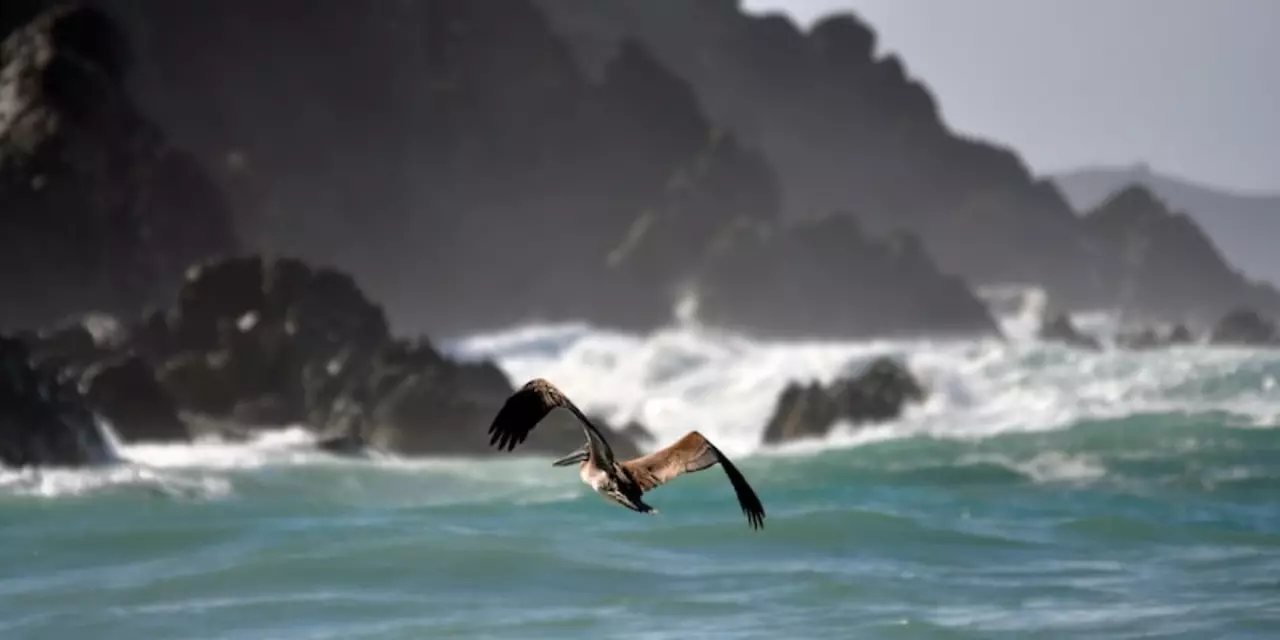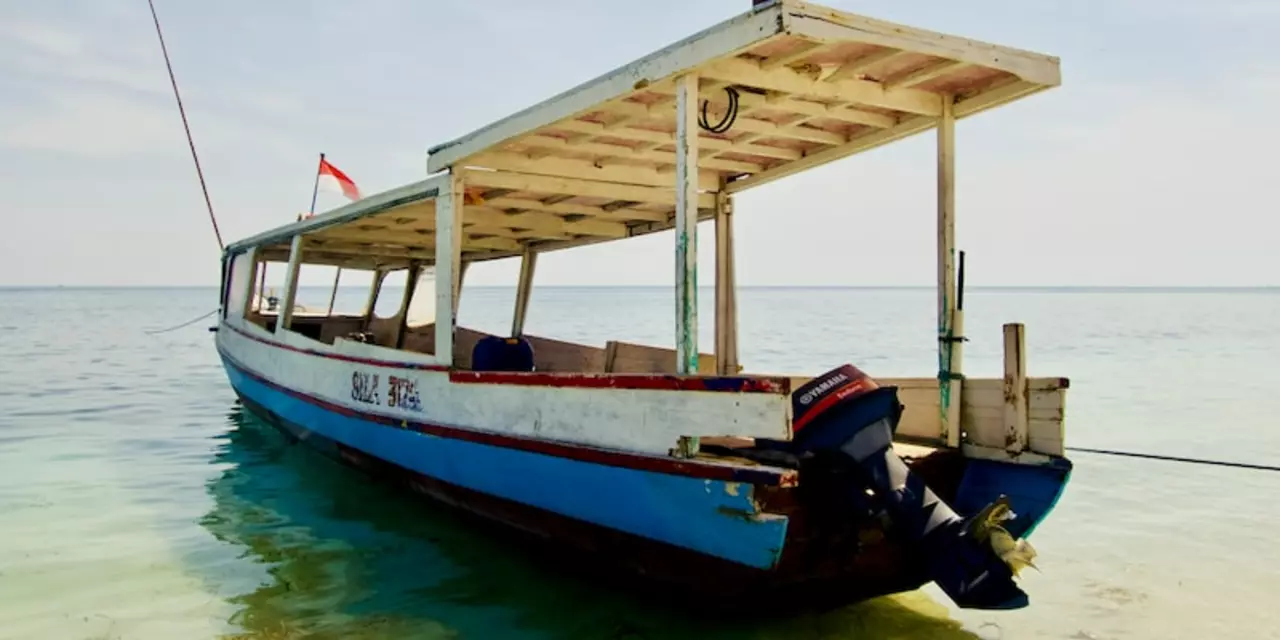January 2023 Archive: What You Missed at India Learning Center
If you popped by the site this past January, you probably saw a burst of fresh content aimed at anyone curious about India’s art, history, or language. In case you missed it, here’s a quick rundown of the most useful stuff we added.
First off, we launched a three‑part mini‑course on classical Indian dance. Each lesson broke down a different style – Bharatanatyam, Kathak, and Odissi – with short video demos and easy‑to‑follow practice drills. The videos are under ten minutes, so you can squeeze a practice session into a coffee break.
New Articles That Dive Deep
We also posted three articles that go beyond the usual travel‑guide vibe. The first one, “The Story Behind Diwali’s Lights,” explains how the festival’s fire‑crackers, oil lamps, and sweets each carry a specific meaning. It’s packed with anecdotes from regional celebrations, so you can see why Diwali feels different from Delhi to Kerala.
The second article, “How Hindi Evolved Into a Modern Language,” tracks the shift from Sanskrit roots to everyday slang. We added real‑world examples – like how the word “yaar” moved from poetry to WhatsApp chats – making the linguistic trek feel relatable.
Lastly, “Taste of India: Street Food Secrets” maps out the most iconic snacks, from pani puri in Mumbai to momos in Darjeeling. The guide pairs each bite with a short history, so you get a flavor and a story in one go.
Interactive Resources to Try Right Now
January wasn’t just about reading; we rolled out two interactive tools. The first is a drag‑and‑drop map that lets you match famous Indian monuments to their cities. It’s a fun way to test geography knowledge without feeling like a quiz.
The second tool is a simple audio quiz for learning basic Sanskrit chants. You hear a line, pick the translation, and get instant feedback. Even if you’re a complete beginner, the tool keeps the pace slow enough to follow.
All these resources share a common goal: make Indian culture easy to explore from your couch. We kept videos short, articles bite‑sized, and tools interactive because people juggle work, study, and family. If you’re looking for a low‑commitment way to learn something new, these January releases are a good spot to start.
Want to revisit any of the content? Just head to the archive dropdown, select “2023 > January,” and you’ll see the full list. Each entry includes a short description, so you can pick what fits your mood – whether you want to dance, read, or test your knowledge.
That’s the snapshot of January 2023. If you enjoyed any of these pieces, keep an eye on the coming months; we’re always adding fresh courses, articles, and tools that dive deeper into India’s vibrant tapestry. Happy learning!
Life coaches are people who help others to identify their goals and find the right paths to reach them. In Chennai, there are many life coaches who specialise in different areas, such as career, relationships, health and life balance. Some of the well-known life coaches in Chennai are Raji Jayakumar, Tara Shanmugam, Anuradha Acharya and Srividya Prakash. They are experienced in providing guidance, advice and help to those seeking to improve their lifestyle and reach their desired goals.
The Indian news media landscape is crowded with several news channels on Telegram. Choosing the best one may be a daunting task, as each news channel has its own set of unique features and advantages. However, there are certain channels that stand out from the rest in terms of their content, reliability, and trustworthiness. Some of these include The Wire, India Today, NDTV, and The Quint. All these channels provide reliable news coverage, and their content is regularly updated. Additionally, they also offer unique features such as live streaming and in-depth analysis. Keywords: Telegram, Indian news channels, The Wire, India Today, NDTV, The Quint.
Are Indians living in US happy? This question has been debated for many years. While some Indians have become successful and have achieved a high quality of life, others still struggle to make ends meet. Even though Indians have faced discrimination and racism, the majority of Indians living in the US are satisfied with their lives. They have access to better education and job opportunities, which have enabled them to become successful. Most of them are proud of their Indian heritage and are content living in the US.
There have been several mid-air plane collisions in the past, mostly caused by human error, bad weather, and communication problems. The most devastating mid-air plane collision occurred in 1985, when two Boeing 747s collided in the air over the island of Tenerife, killing 583 people. Mid-air plane collisions are rare, however, due to safety regulations and technology advancements.



